How cheaply can you develop a film? Ten cents a roll? One cent???
I usually develop film in Adox Rodinal (now five years old) diluted 100:1 in water at 15-24 degrees and stand developed for one hour – twenty inversions of the tank at the start and go away for an hour. Stop-wash in plain water, fix, wash as usual. I had read that it could be used at 200:1, even 300:1, and the same batch of developer could be re-used on the same day. I was interested in trying this out, and seeing how far it could be taken.
I had a roll of FOMAPAN 100 Classic which had been rewound into the canister before exposure (user error). After getting serious with the canister I managed to retrieve the leader at a cost of some light leaks. I loaded the film into my Leica MP and shot local images with my 50mm Zeiss Planar and 15mm Voigtlander lenses. The first half was shot in good weather while the second half were shot on a dull and wet day.
After exposure I counted twenty five turns of the Paterson reel and cut the film, setting the remainder aside in a dark place until the first half was developed. Incidentally if your plastic reels stick on loading film it’s probably due to a build-up of wash aid – wash the reels in hot water and they will work like new again.
I mixed 3ml Rodinal in 600ml of water at 16-17 degrees and stand developed the film for two hours with a single inversion after one hour. For certain developers it’s necessary to break the micro-layer on the surface of the film with an aggressive movement of the liquid in order to bring fresh developer in contact with the film – hence the inversion rather than a gentle swirl.
After completing fixing and washing the first half I loaded the second half of the film onto a fresh reel. I had saved the developer I had used on the first half, poured 300ml away and added 300ml water. The developer was now 1.5ml once used Rodinal in 600ml of water – 400:1 dilution. I then developed the second reel for four hours with a single inversion after two hours.
Of course I could expect reasonable images from the fresh 200:1 dilution the real question was ‘how good or bad would the second batch be?’.
The featured image (of the viewpoint) was developed with fresh Rodinal at 200:1. Grain, what grain? I was surprised at how little the grain is visible – possibly down to cooler water than I had used recently, possibly the dilution. The Japanese Elm is also from the first half.
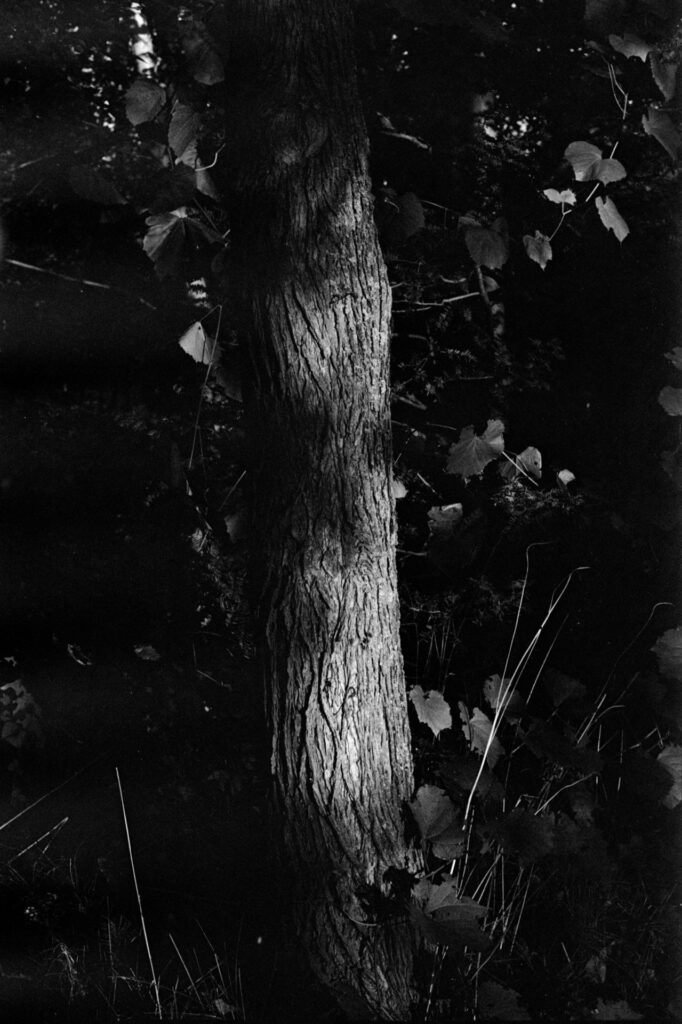
The following images are all with the ‘second-hand’ Rodinal at 400:1.
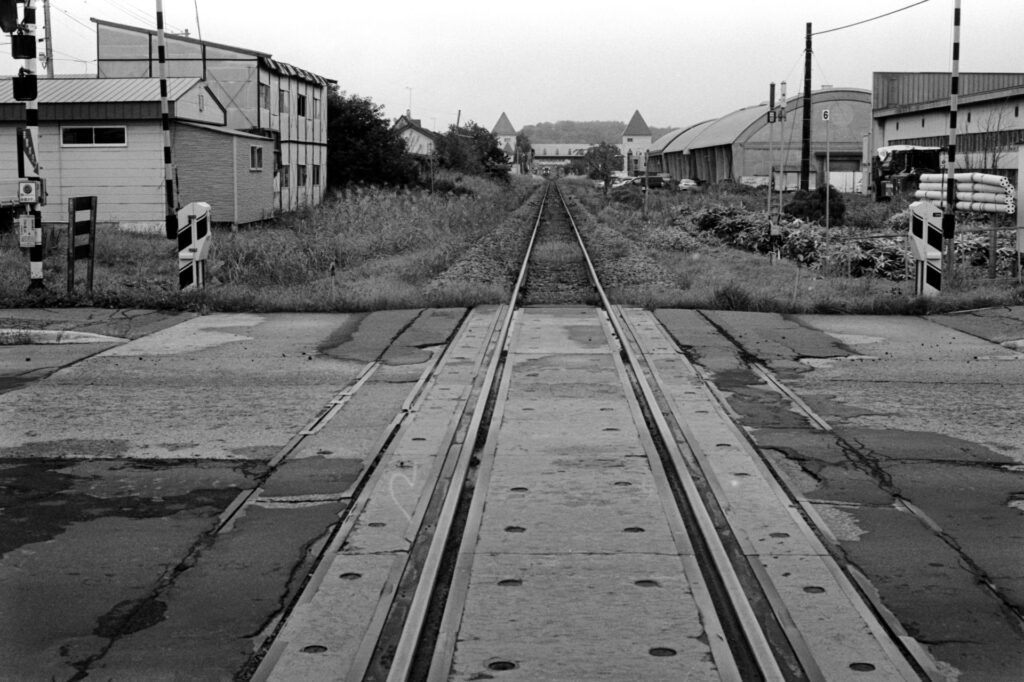
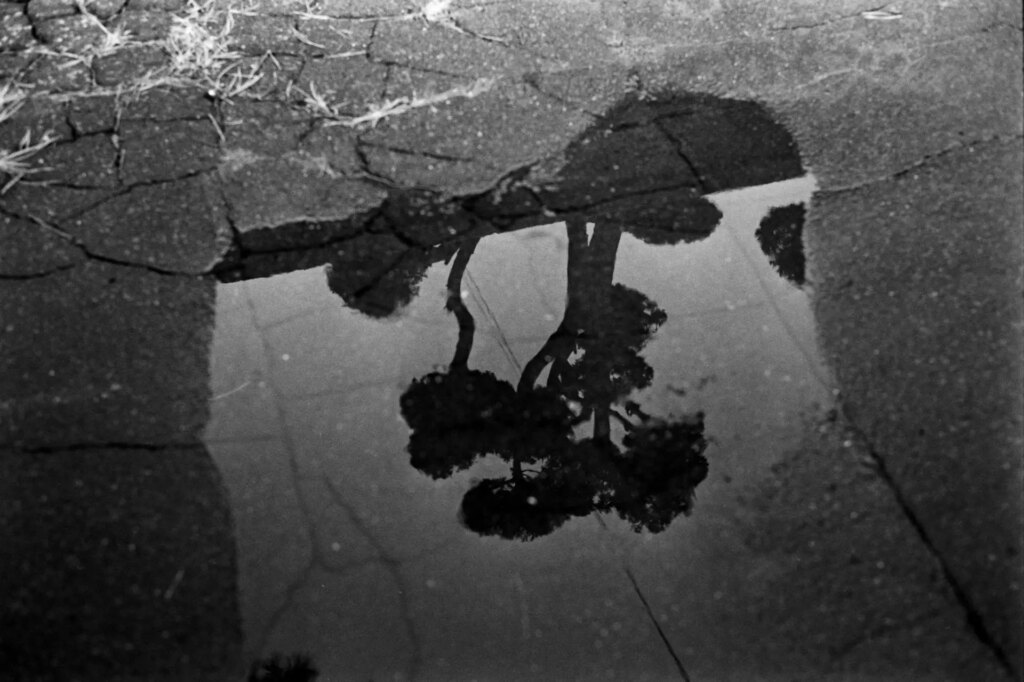
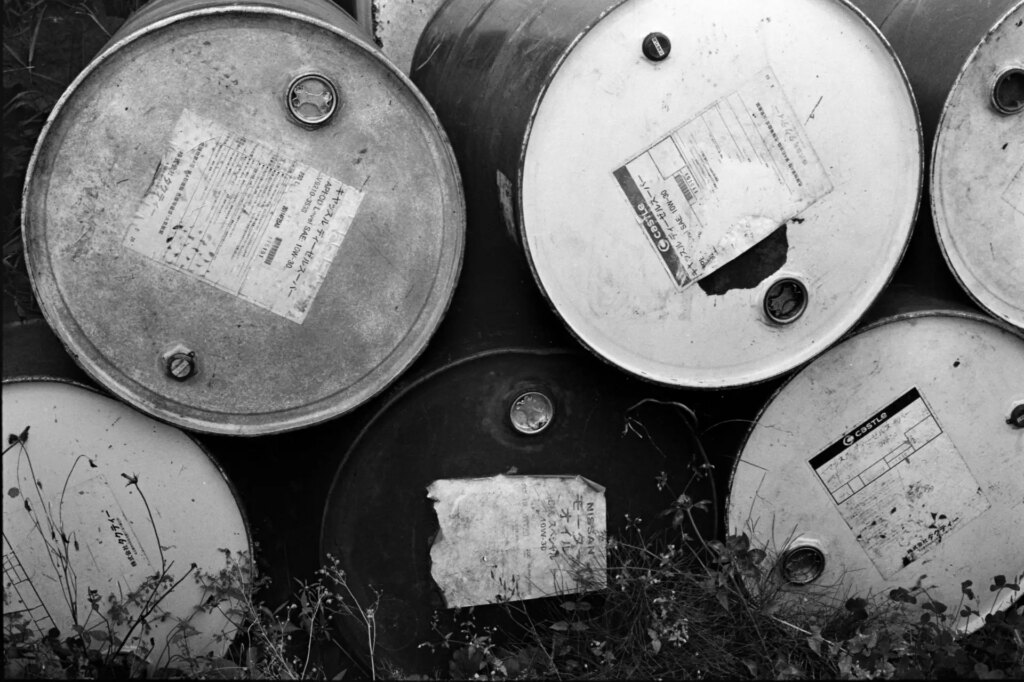
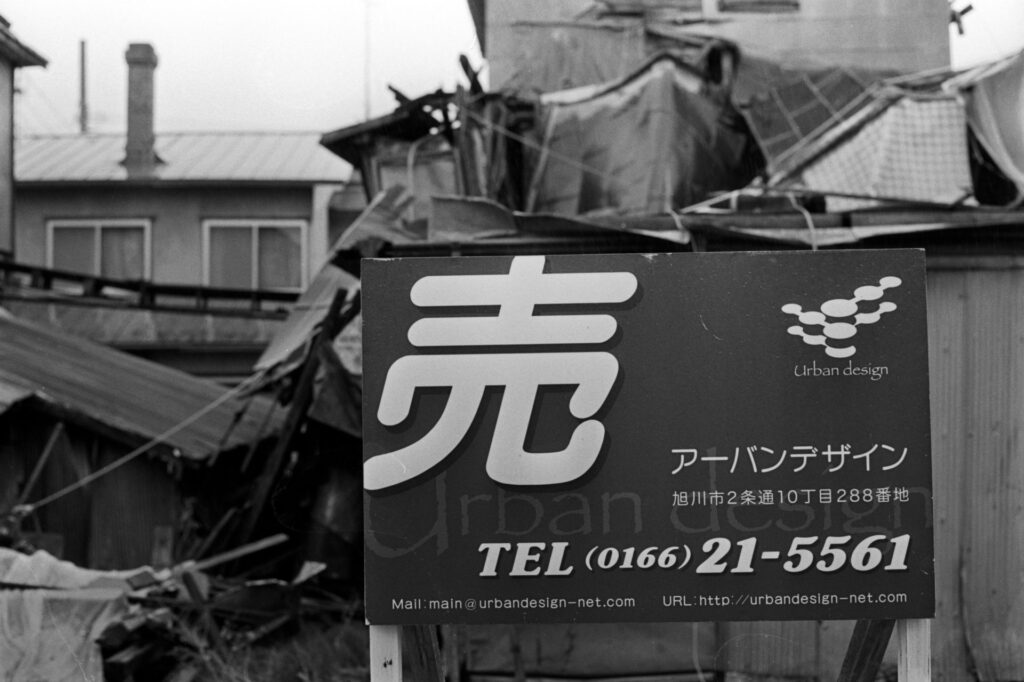
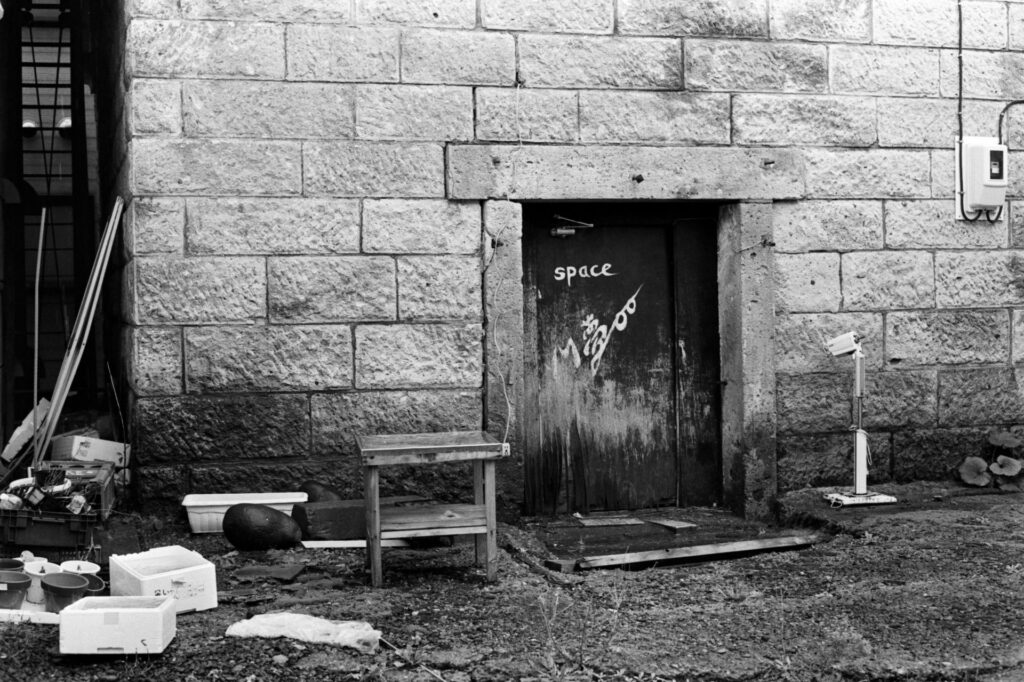
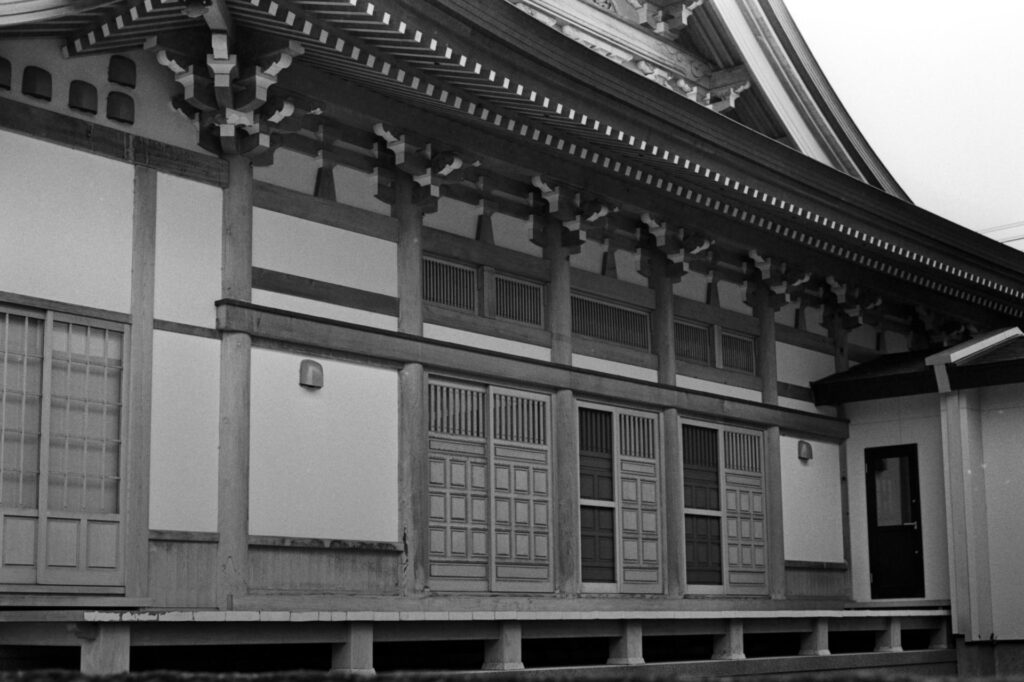
It is hard to compare the results from the two dilutions directly because of the very different lighting. I can say I am very pleased with the 200 dilution, and the “Space” image is also better than one taken in virtually identical light a few days ago on delta 100 developed in Rodinal at 100:1, so that gives me confidence in the 400 dilution.. Anyway I shall retake some of these images in a contrasty light.
Stand development in Rodinal 100:1 costs a little over ten cents per roll, at 400:1 dilution used to develop four rolls the cost drops to a little over one cent per roll. But this test has raised another question – if the grain is less apparent at low dilution or low temperature does this mean the developer is showing less acutance? Oh dear, more testing! This is going to work out expensive after all…
Share this post:
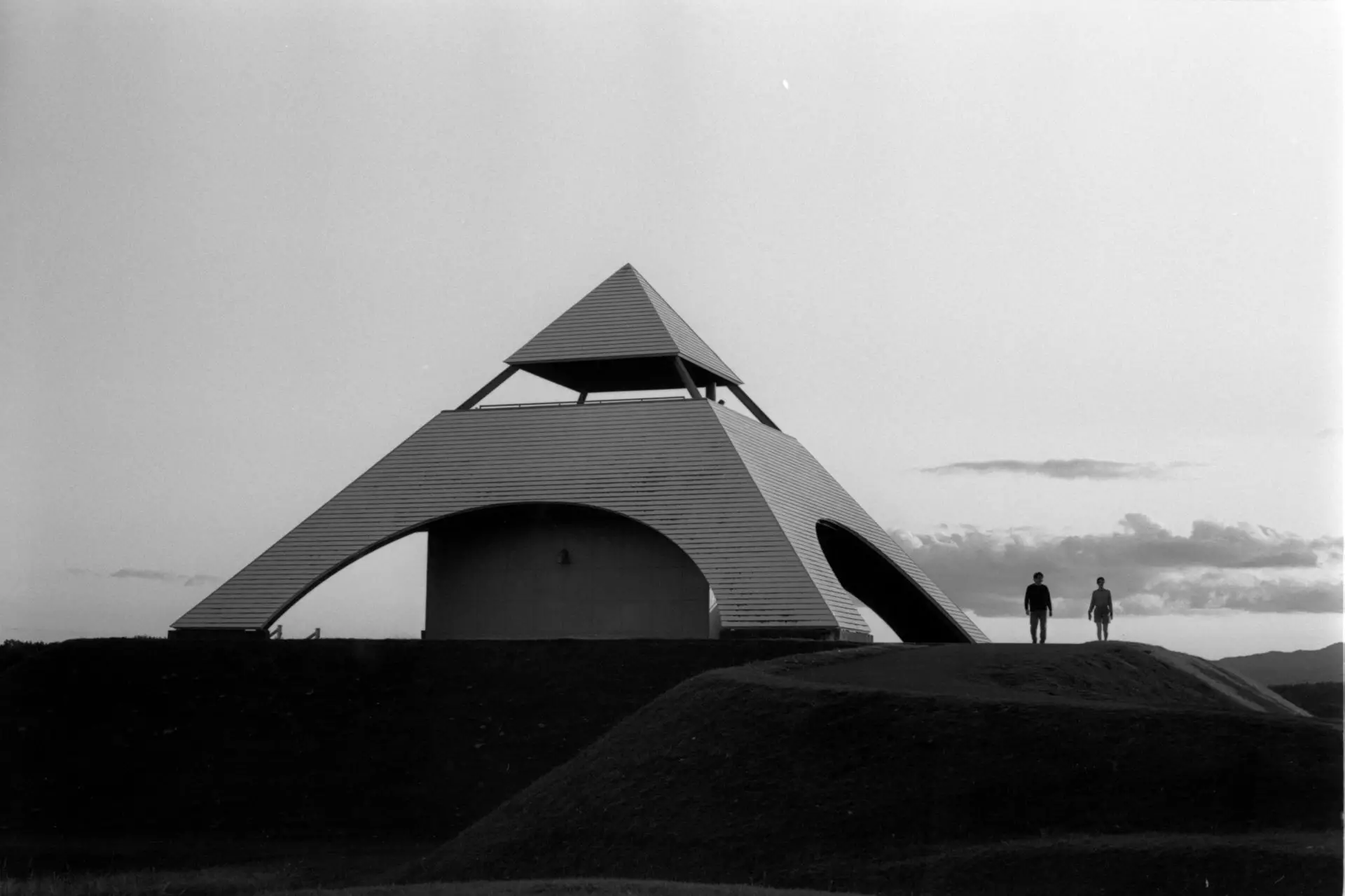


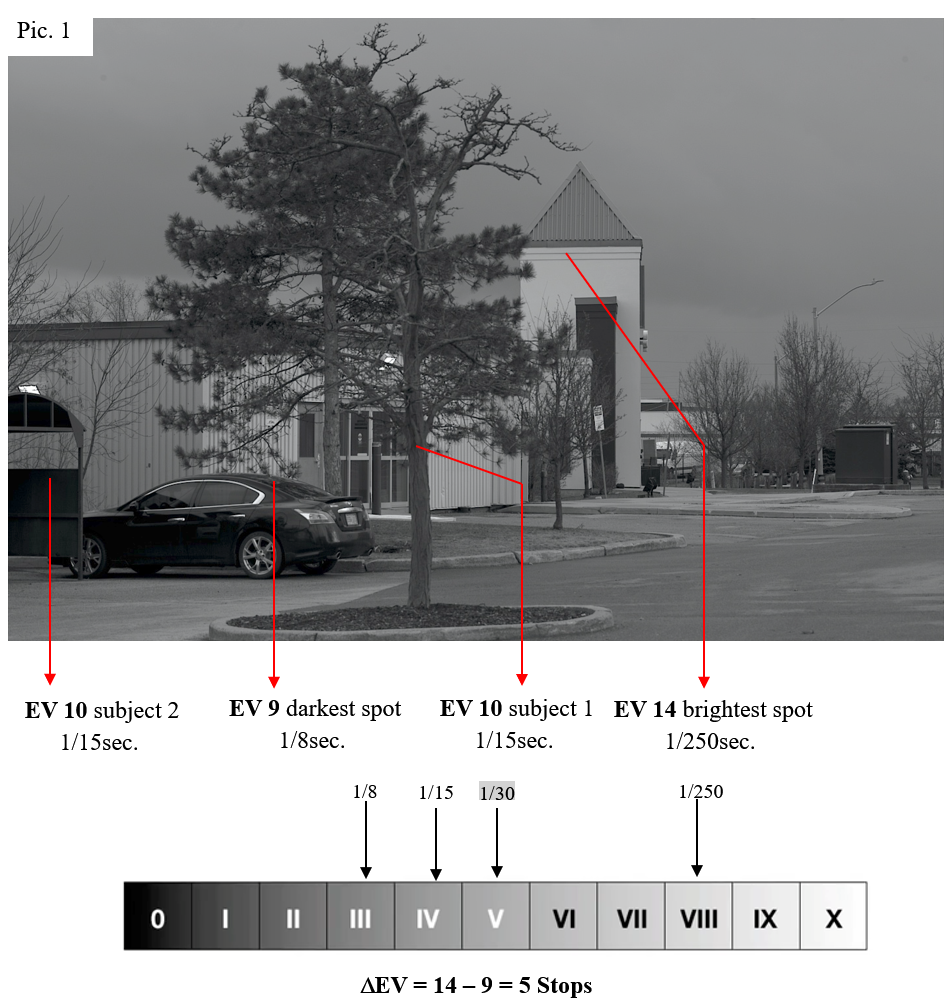
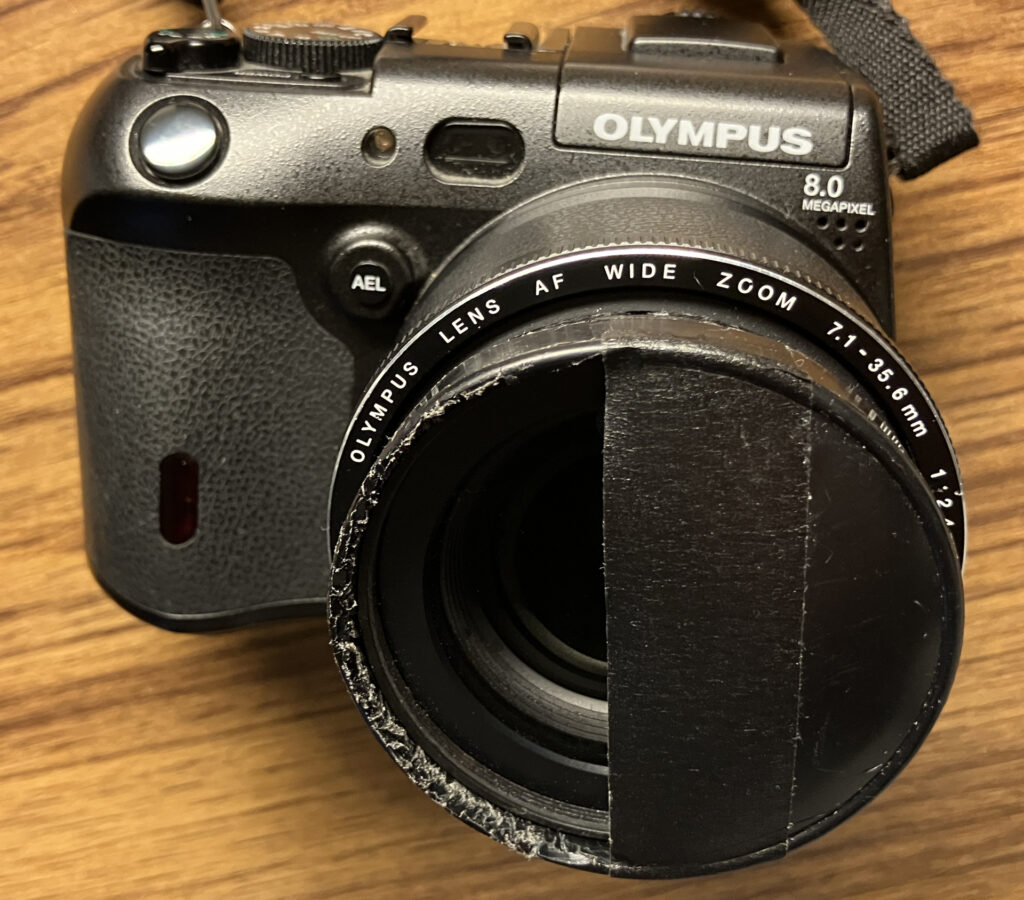




Comments
Simon Foale on Development Tests: Rodinal 200:1 and re-used 400:1
Comment posted: 25/11/2023
Comment posted: 25/11/2023
Mike Avison on Development Tests: Rodinal 200:1 and re-used 400:1
Comment posted: 25/11/2023
Comment posted: 25/11/2023
Murray Leshner on Development Tests: Rodinal 200:1 and re-used 400:1
Comment posted: 25/11/2023
The images are great too.
Comment posted: 25/11/2023
'@artbypino on Development Tests: Rodinal 200:1 and re-used 400:1
Comment posted: 25/11/2023
Comment posted: 25/11/2023
John F. on Development Tests: Rodinal 200:1 and re-used 400:1
Comment posted: 25/11/2023
Julian Tanase on Development Tests: Rodinal 200:1 and re-used 400:1
Comment posted: 25/11/2023
Have put aside a roll of APX 100, all I need is time to go out and shoot it. With a polar cyclone above us here, it may take a while :) .
Thank you, enjoyed the images, really great considering the dilution and time !
Comment posted: 25/11/2023
John F. on Development Tests: Rodinal 200:1 and re-used 400:1
Comment posted: 26/11/2023
Comment posted: 26/11/2023
Tony Warren on Development Tests: Rodinal 200:1 and re-used 400:1
Comment posted: 27/11/2023
I have never stand developed longer than an hour or used dilutions weaker than 1:100 but clearly they work. The development is continuing to exhaustion so I guess it doesn't matter how long you leave it. It stops when it does. When I first started taking my precious films to the local chemist many, many moons ago they used to say come back in the morning - they left films developing all night. No idea what developer they were using of course but no doubt something pretty standard..
Interesting comment about reduced grain. Dilute developers and minimum agitation usually increases acutance so grain should seem more pronounced. I have found that different emulsions respond differently to stand though, so that may be a factor.
Great article and some good shots. Enjoyed that.
Regards.
Comment posted: 27/11/2023
Lee on Development Tests: Rodinal 200:1 and re-used 400:1
Comment posted: 28/11/2023
First, that if you're only developing half a roll of film at a time in these 1:200 and 1:400 dilutions of Rodinal, then you're not effectively developing the film at these dilutions. The reason is because there is only half as much film in your tank to consume the active developer, effectively making 1:200 and 1:400 behave like more concentrated developer.
Secondly, there appears to be no rhyme or reason for why you developed in water with temperature of 16-17 degrees rather than the standard 20 degrees. Was this just whatever the final temperature ended up, because you didn't use a thermometer, and adjust water temp to 20 degrees up front, or was this a deliberate choice?
Thirdly, that if the idea of using extreme dilutions (1:200 and 1:400) of Rodinal is to save yourself money on developing costs, then it's worth mentioning that your time is also valuable. Spending 2 or 4 hours to develop a single roll of film may be excessive for some folks. That's not to say you can't do something productive in the 2 or 4 hours of stand development, but it's a long time to wait.
Since you've seemingly committed to conducting more tests, things I'd like to see, so you can present comprehensive results include:
1. Developing an entire roll of film (not just half) using the 1:200 and 1:400 Rodinal dilultions (2 and 4 hours respectively) to see if the final results vary by any measure.
2. Directly comparing results of developing an entire roll of film at both 16-17 degrees and 20 degrees using these 1:200 and 1:400 Rodinal dilutions.
This kind of comparison will truly add value to the data you've already obtained.
Comment posted: 28/11/2023
Darren Fielding on Development Tests: Rodinal 200:1 and re-used 400:1
Comment posted: 30/11/2023
I appreciate these helpful articles.
P.S Those photos are incredible. The one of the tree and the reflection in the puddle are just beautiful.
Comment posted: 30/11/2023